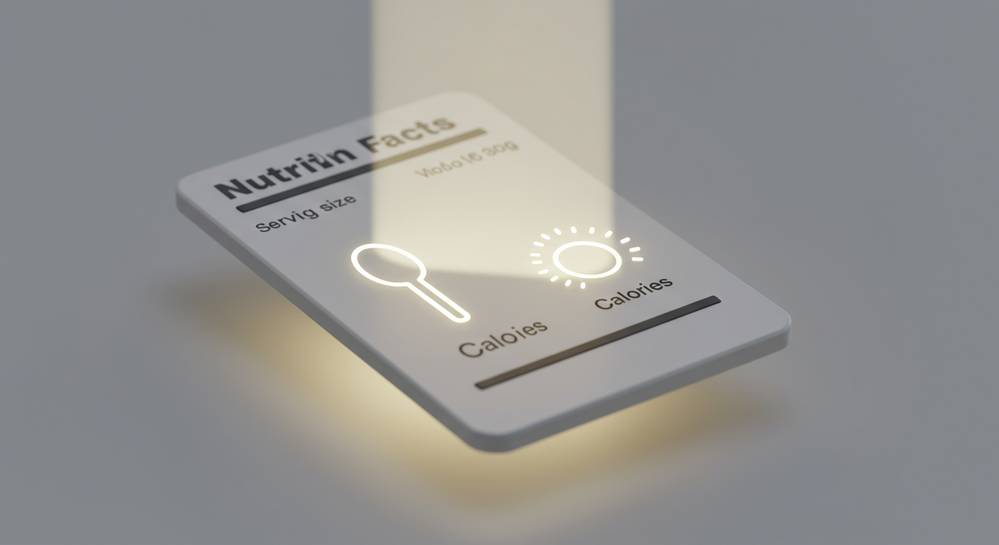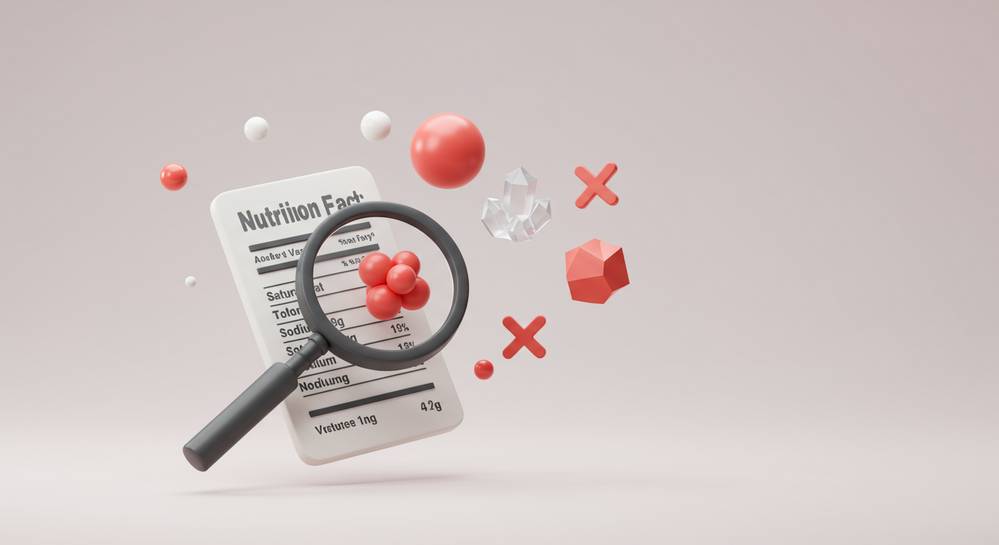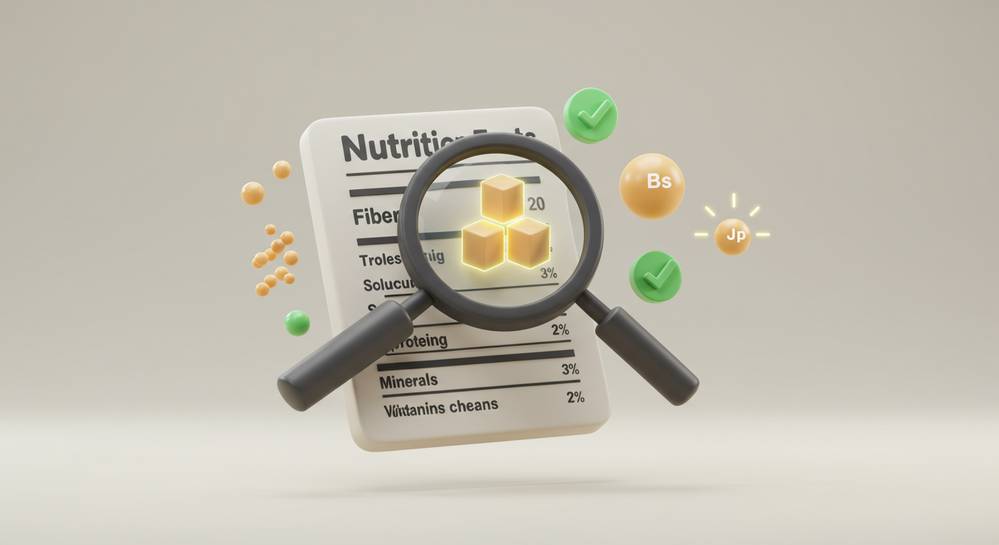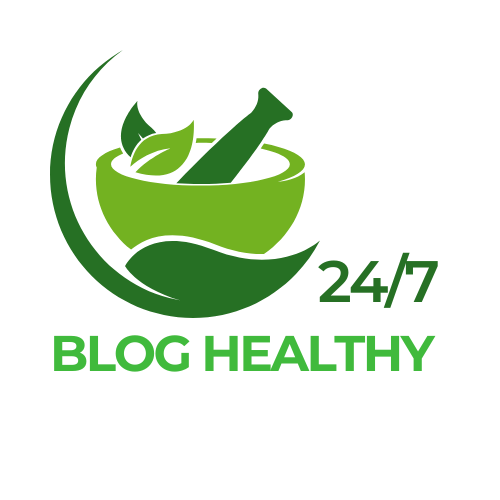Navigating the grocery store can be confusing with so many products claiming to be healthy. The key to making smart food choices lies in knowing how to read nutrition labels correctly. This guide will break down the label into simple, actionable steps, transforming you into a confident, informed consumer who can easily identify what is truly good for your body and what is best left on the shelf.
Start with the serving size and calories

Start with serving size and calories
The first step to correctly read nutrition labels is checking the serving information at the top. This section is your foundation because every other value, from fat to protein, is based on one serving. A common mistake is assuming the package is a single serving, which can lead to consuming double or triple the expected calories. Always check this first to avoid miscalculating your intake.
- Serving Size: This reflects a typical amount consumed, not a strict recommendation. The FDA requires this to be based on what people actually eat. If you consume two servings, you must double all nutrient values.
- Servings Per Container: This tells you the total number of servings in the entire package. It is crucial for understanding the total nutritional impact if you consume the whole item in one sitting.
Below serving details, the calorie count is displayed prominently. Calories measure the energy you get from a serving. While 2,000 calories a day is a general guide for nutrition advice, your personal needs likely differ based on age, sex, and activity level. Understanding this number is a key part of managing your energy balance for better health.
Identify the nutrients you should limit

After calories, your next focus is on nutrients to consume in moderation. Learning how to read nutrition labels correctly involves spotting saturated fat, sodium, and added sugars. These are linked to long term health risks when eaten in excess. The Percent Daily Value, or %DV, is your best tool for quick assessment, helping you make healthier choices at a glance.
Check the percent daily value (%DV)
The %DV simplifies your decisions with a quick guide known as the 5/20 rule. A value of 5% DV or less of a nutrient per serving is considered low, while 20% DV or more is high. You should aim for foods with low percentages of saturated fat, trans fat, and sodium. Consistently choosing lower %DV options for these nutrients supports heart health and helps manage blood pressure.
Watch for added sugars
The updated nutrition facts label now isolates added sugars. These are sugars and syrups put in during food processing, unlike those naturally found in fruit or milk. High intake is associated with conditions like obesity and type 2 diabetes. Always check this specific line to understand how much extra sugar you are consuming and make a more informed choice.
Focus on the nutrients your body needs

A key part of learning how to read nutrition labels correctly is shifting from avoidance to inclusion. While limiting certain nutrients is important, you should also actively seek out foods rich in beneficial ones. Use the Percent Daily Value (%DV) as your guide. Aim for foods with a high %DV, generally 20% or more, for the nutrients your body needs to thrive.
- Dietary Fiber, Vitamins, and Minerals: Prioritize foods high in dietary fiber, vitamin D, calcium, iron, and potassium. Understanding the importance of fiber for digestive health is a great start. These nutrients support everything from gut health to strong bones and stable blood pressure.
- Protein: Protein is essential for muscle repair and overall body function. While most people get enough, checking the label can help you choose leaner, more efficient sources to meet your personal fitness and health goals.
Making a conscious effort to select products with higher amounts of these key nutrients can significantly boost your overall well being. This proactive approach turns label reading into a powerful tool for better health.
Decode the ingredient list and percent daily value
Beyond the nutrient table, the ingredient list reveals a food’s true composition. Ingredients are listed in descending order by weight, meaning the first item is the most plentiful. Mastering how to read nutrition labels correctly involves scanning this list first. If sugar, salt, or unfamiliar chemicals appear at the top, it is a clear sign to reconsider. A shorter list with recognizable, whole-food ingredients is almost always a better choice for your health.
Use %DV for smart comparisons
The Percent Daily Value (%DV) puts nutrient numbers into a practical context. It shows how much a nutrient in one serving contributes to a general 2,000-calorie daily diet. While your individual needs may vary, the %DV is an excellent tool for making quick comparisons between two similar products. Use the 5/20 rule as a guide: 5% DV or less is low, while 20% DV or more is high. This allows you to easily choose the option that best aligns with your health goals.
Learning to read a nutrition label is a skill that empowers you to take control of your health. By starting with the serving size, evaluating key nutrients, and checking the ingredient list, you can make informed decisions that align with your wellness goals. Use this knowledge every time you shop to choose foods that nourish your body. For more expert advice on healthy living, continue exploring Blog Healthy 24h.
